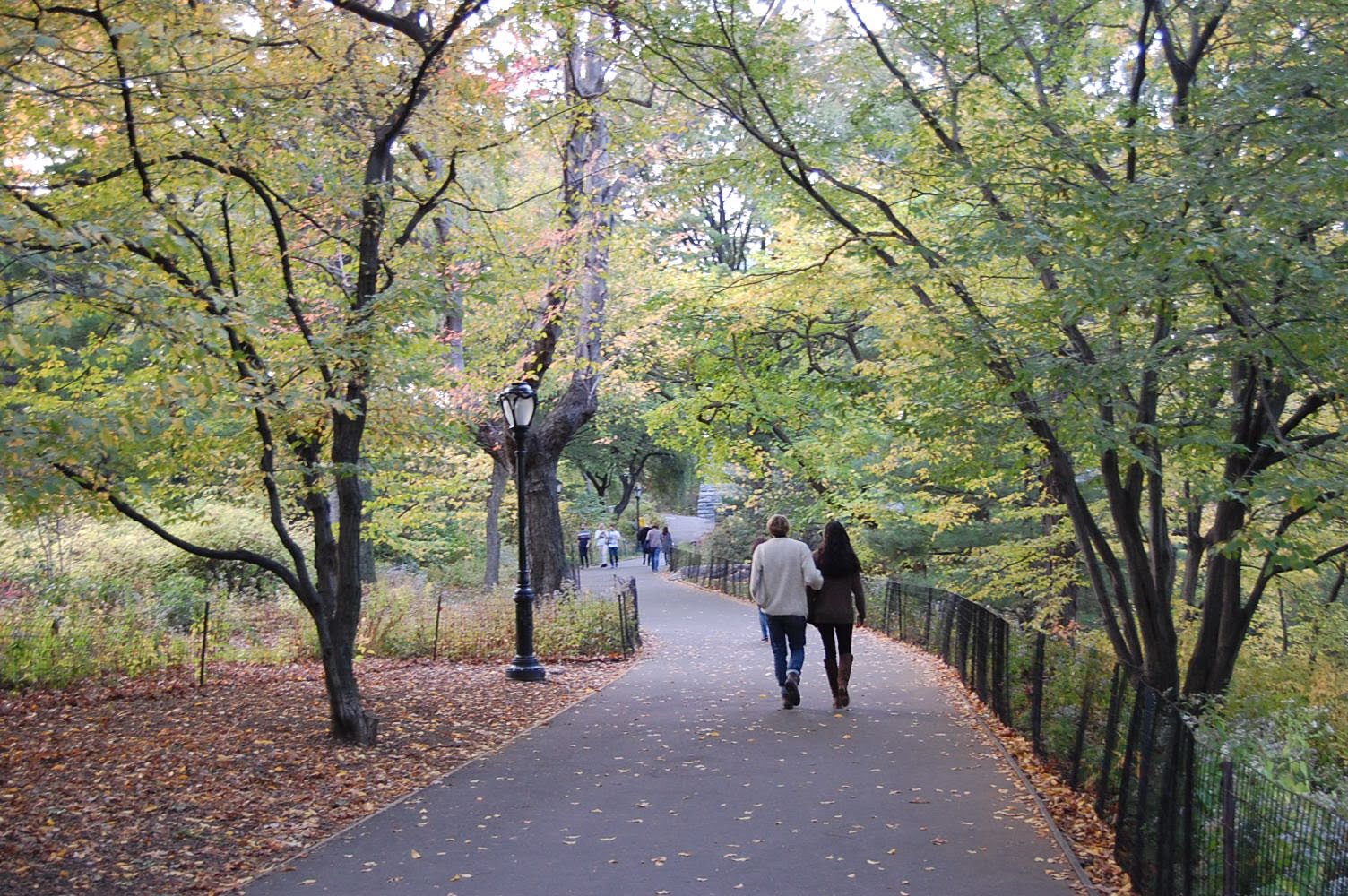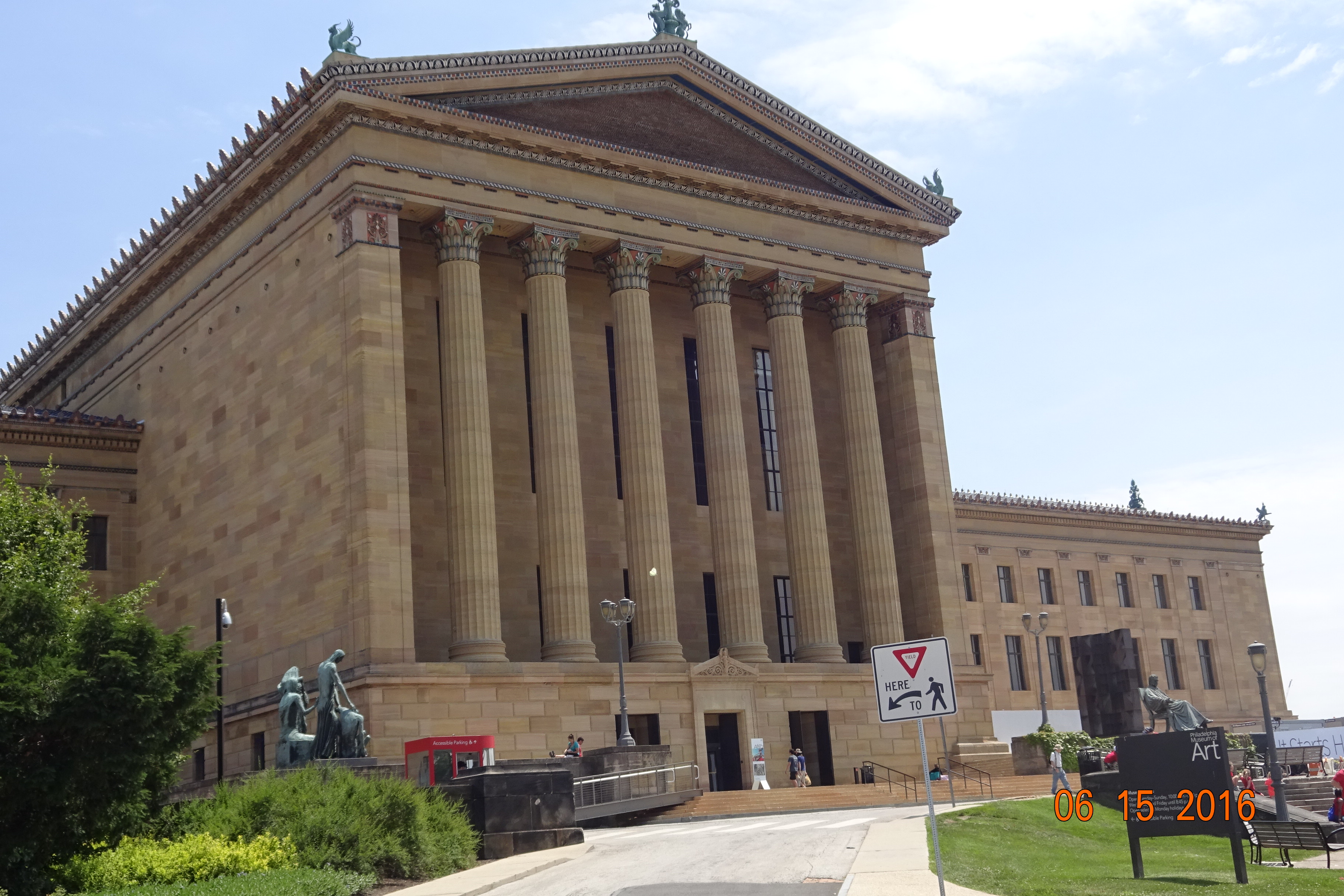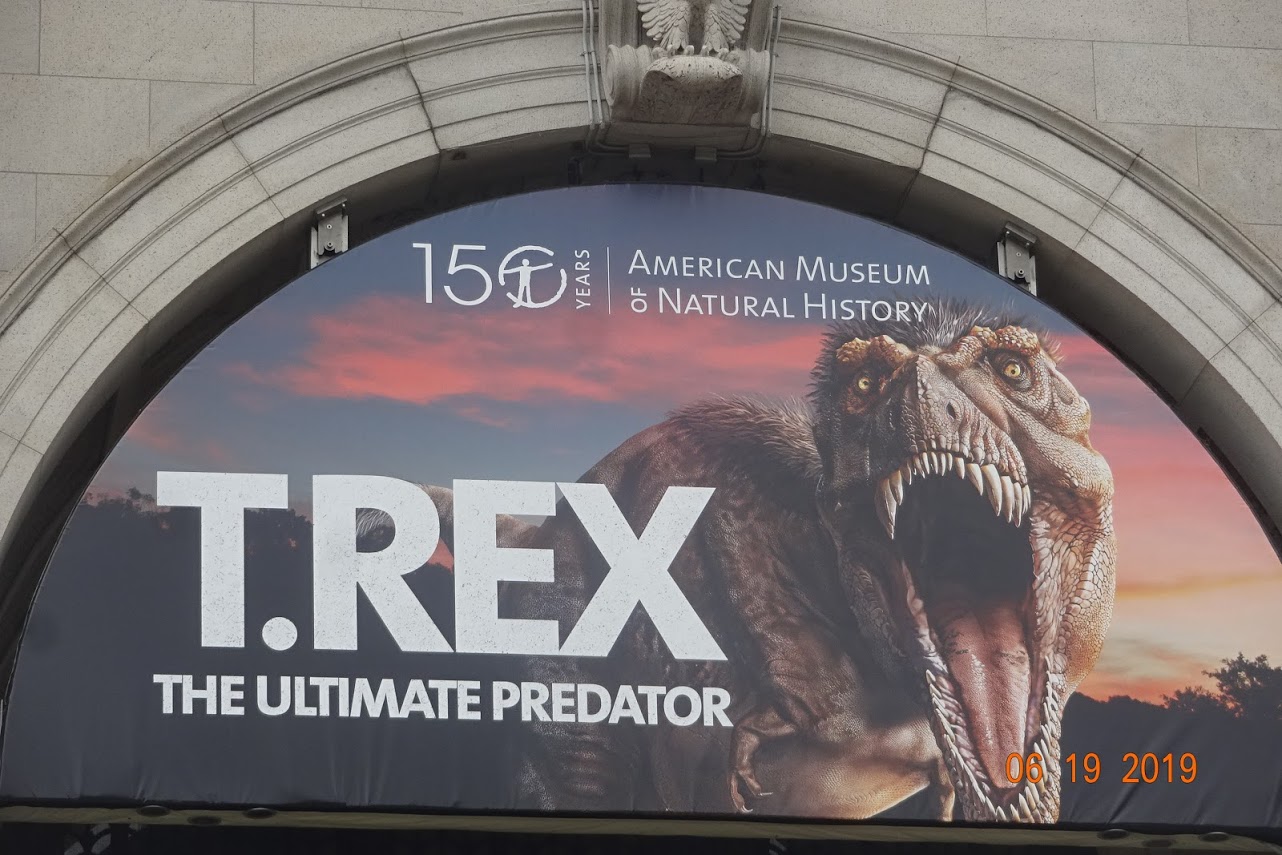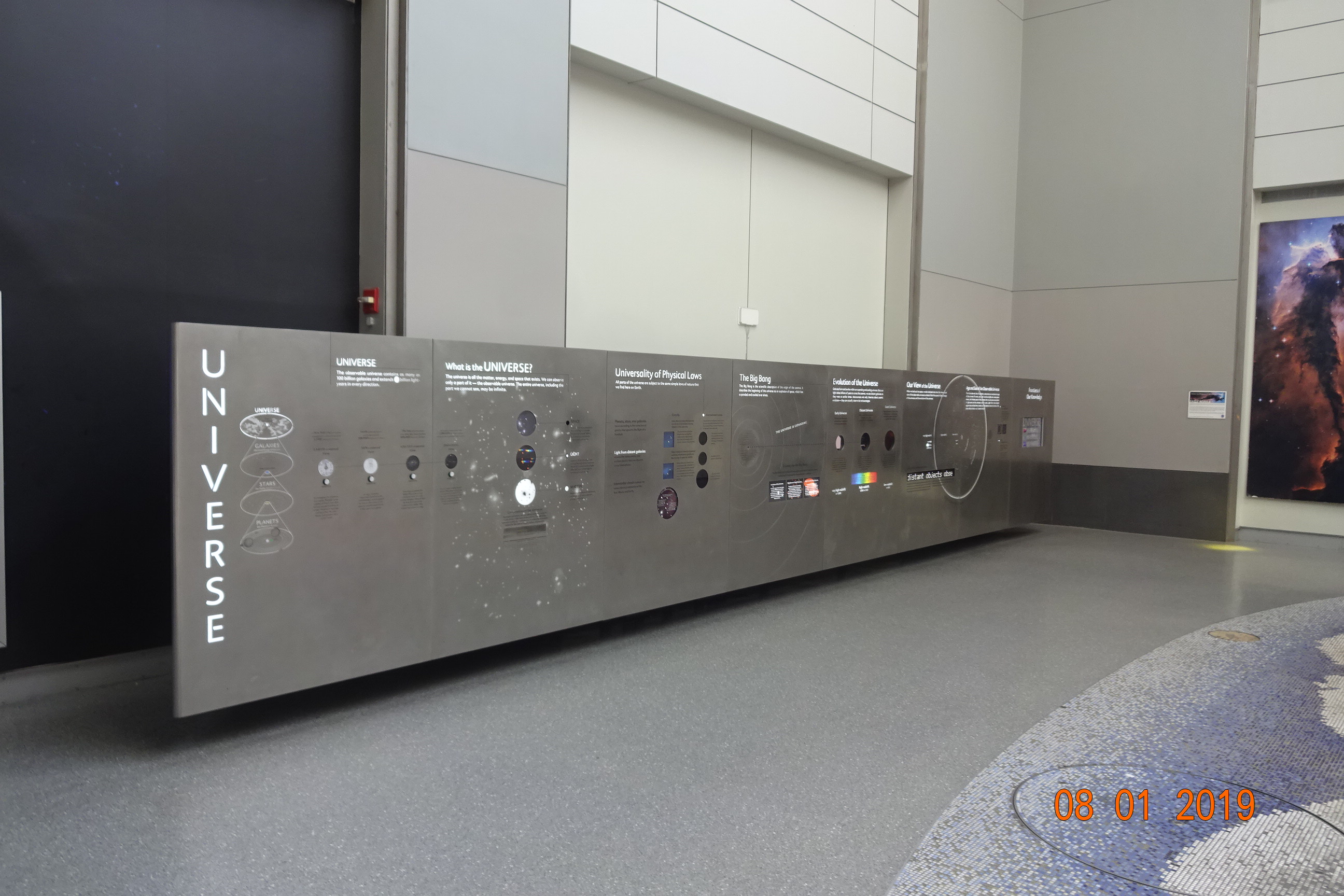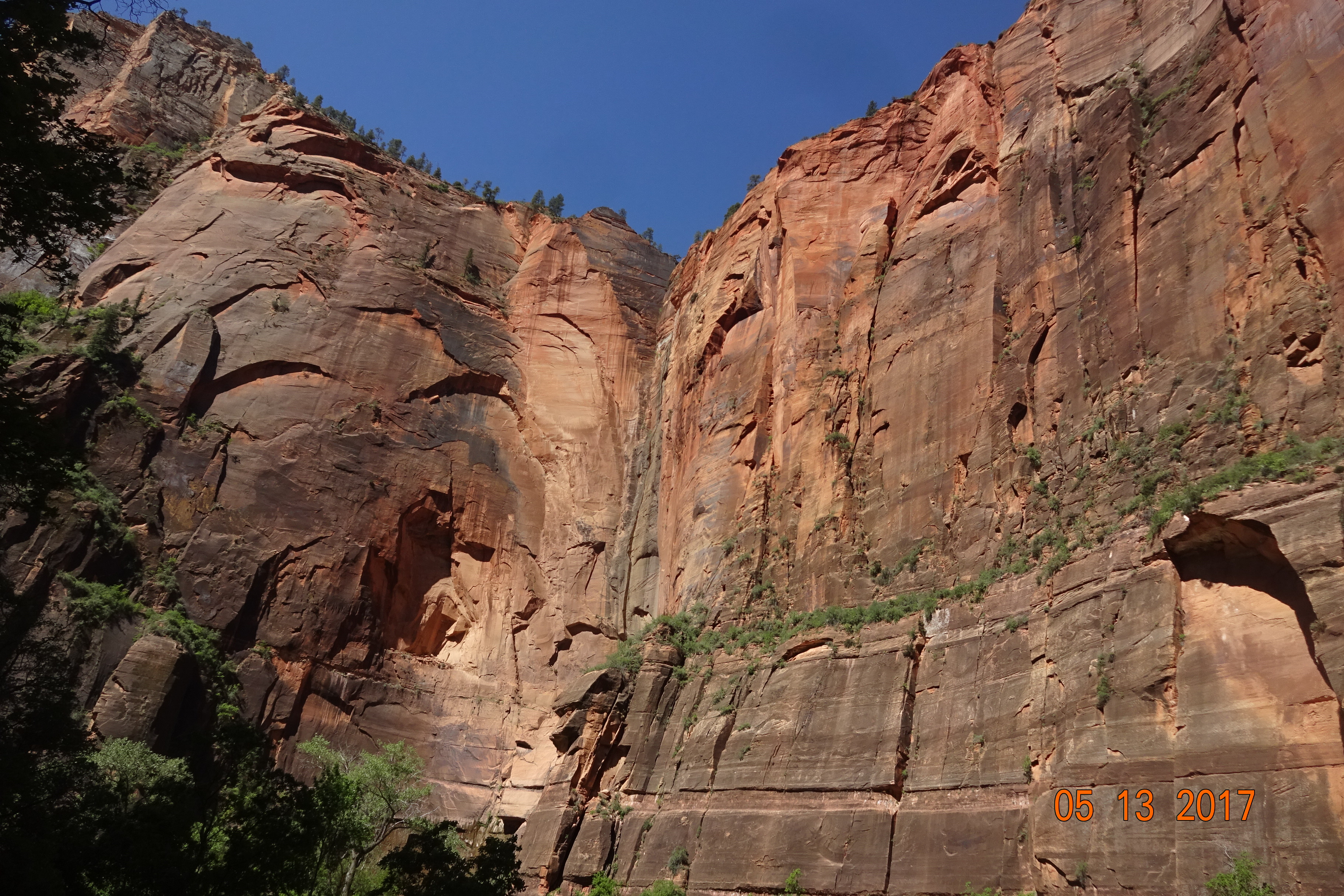
UT- Zion National Park (2017)
Zion National Park is in southwestern Utah. It has an area of 150,000 acres (230 sq.miles). It is the fifth most visited park in the country with 4.3 million visitors in 2016. Paiute Indians occupied this area long ago and called it “Mukuntuweap” (straight canyon). Mormons settled here in mid 1800’s. The native Indian name was hard to pronounce for the visitors and so it was changed to Zion, the biblical term for sanctuary or promised land. Mukuntuweap National Monument became Zion National Park in 1919. The rocks in the park were given biblical names by a Methodist minister.
Zion can be described as towers of stone. Tall rocks of sandstone, varying in altitudes of 3700 -8700 feet from the mean sea level occupy the park. It is wonderful to see the grandeur of more than one thousand feet tall rocks. It is great to see the 15 mile long and half a mile deep canyon. It is interesting to know the geology of the park. Zion area was once covered with sand dunes and an uplift occurred in Colorado plateau due to an earthquake. Rain and chemicals converted the sand dunes into soft sandstone. The Virgin river and its tributaries eroded the sandstone and created the rocks. Weather, rain and frost loosened the sand from the stone and they fell into the river due to gravity. The sand particles became abrasives and helped Virgin river and its tributaries to further shape the rocks of today. Rock and water are still active and shaping the future park as shown by one million tons of sediment being transported every year by the Virgin river.
Zion can offer something more than physical beauty to its visitors. For example, travel to the Temple of Sinawava. There you are surrounded by the rocks which are 3000 feet tall. You see the rusty red and chocolate brown color of rocks. The horizon is just above your head. The blue sky looks like a blue dome supported by the skyscrapers. You hear the gentle sound, melody of flowing river next to you on the floor. You smell the fragrance of wild flowers. You see the weeping rock, hanging gardens, desert vegetation, ducks and deer around you. You notice sun light falls differently on the rocks and the feel is different. You also notice sun sets early and as soon as the first shadow is cast on the ground, the deer starts kneeling. It is evening already. The rotunda gives you a feeling that you are in a special place. You experience something beyond the ordinary. You experience an atmosphere of peaceful remoteness and solitude. This is Zion, the sanctuary. This is Zion, the promised land.
We started from Bryce in the morning and traveled by scenic Route 12 and then changed over to Route 89 until we reached Mt. Carmel. There we took the Zion- Mt.Carmel Highway (Route 9, red road, designated scenic highway) to Zion National Park. We passed through a 1.1 mile long tunnel (an engineering marvel when constructed in 1930). We also drove through six switchbacks or hairpin bends before reaching the Canyon Junction/ South entrance. On both sides of the high way we saw huge sandstone rocks of various sizes and shapes which made us feel like we are entering an alien planet.
The stretch of Mt Carmel- Zion Highway from East entrance to Canyon Junction is very scenic because we descend 1500 ft in a 13 mile drive. Private vehicle transportation is restricted in the canyon area to avoid traffic congestion and so we took a shuttle bus from Canyon Junction to the key location, Temple of Sinawava. From there we walked to all the sites mentioned in this album. The stay of few hours at the park was too short to cover all attractions but the visit to the Temple of Sinawava and its surroundings gave us good feel for the park.
[supsystic-gallery id=13]
